Toxic Plants That Look Edible…and How to Avoid Them
When you choose to go outdoors for a survival act, hunger tends to be one of the common challenges. As survivalists, there is the possibility of plants, wild fruits, and berries looking more appetizing than usual.
There are a number of wild plants growing in the United States and everywhere else. These plants look like they are edible, but they aren’t. Be very careful before you eat berries and nuts in the wild. There are a number of common ways, and I will identify them in this article, to easily identify toxic plants.
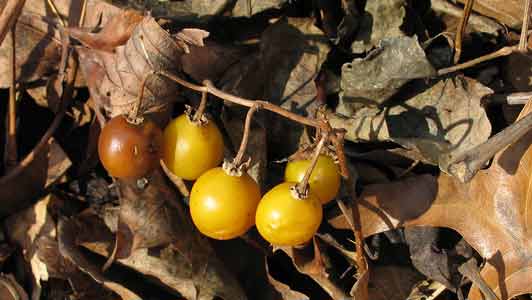
1. Horse Nettle:
These ones are known as Solanum carolinense. They are dry during the winter, while their fruits remain juicy and plump. They are usually greenish or yellow-colored and shaped like a cherry tomato.
They look so appetizing; like a perfect meal. However, eating this plant can lead to serious abdominal pain, which could consequently lead to circulatory and respiratory problems. This is because the horse nettle fruits are poisonous to varying degrees from the toxic alkaloid solanine. One way to identify them is their “healthiness” in the winter season.
2. Poison Ivy:
This is a very common vine you are bound to come across in your outdoor activities. They look like a weed when young and like a furry vine when older. They might even grow to be a small tree, almost four feet tall. They are usually green in color, and you can get itches and blisters from just touching these plants.
Even when you burn them by accident or on purpose, they are capable of harming everyone present around the fire. This is because this plant contains urushiol, which causes an allergic reaction when it comes into contact with the skin. It causes itching, irritation, and a painful rash in people who come in close contact with it.
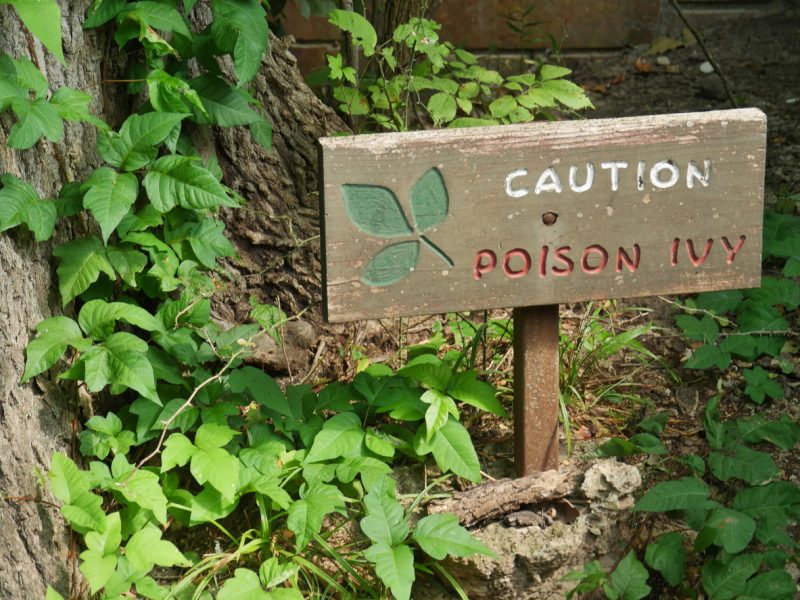
3. Wild Cherry:
Cherries can look so tempting – probably because we are all so used to them. Even in the forest, wild cherry trees can have very tasty cherry fruits. However, these same trees produce cherries that aren’t so suitable for eating. They contain a high concentration of cyanide, which is harmful to humans and livestock.
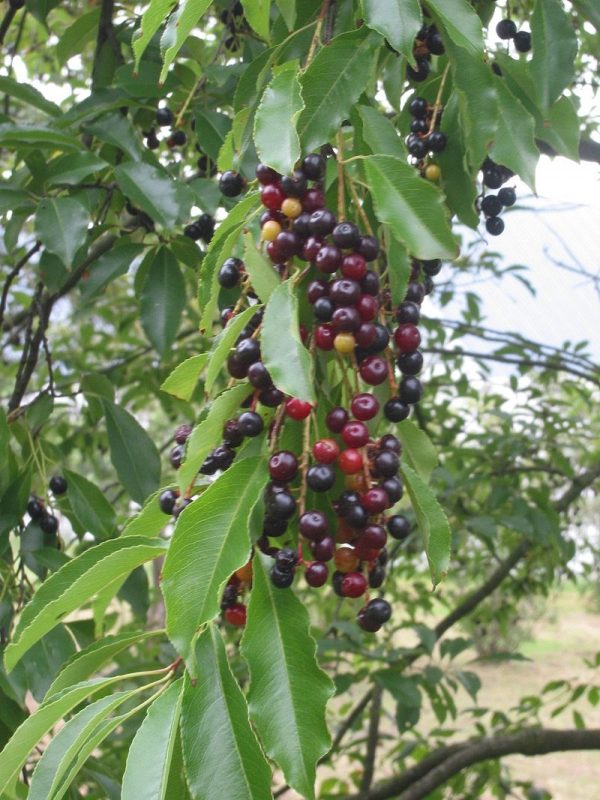
4. Rhododendron:
This shrub loosely translates into “suicide bush.” It is a shrub which can be found mostly in Eastern America. The plant looks like bay leaves but isn’t a good substitution for stew or tea. However, the foul smell should discourage whoever would like to consume these leaves.
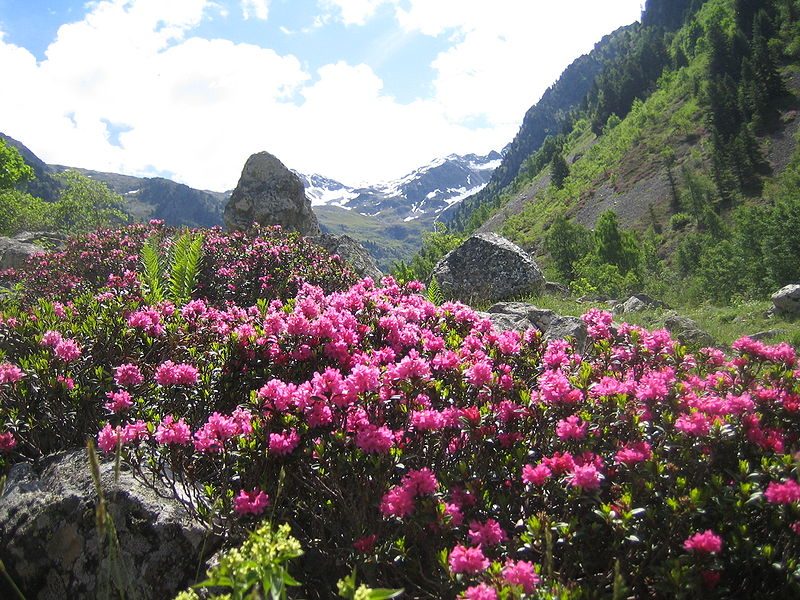
5. Holly:
These are also berries – pretty red berries – and they look very inviting. When you see them, you might be tempted to give them a try because of the birds feasting on them. You should, however, understand that birds can tolerate poisons that will kill a human in seconds. These berries contain a high number of toxins that can lead to deaths or health complications.
5. Dogwood:
Dogwood is also red in color. It has shiny red berries in the fall and early winter. It can be found in the Eastern United States and can be found growing in forests’ understory and also transition areas between field and forest. These red berries of dogwood are eaten by birds, but humans shouldn’t try them as they are very dangerous.
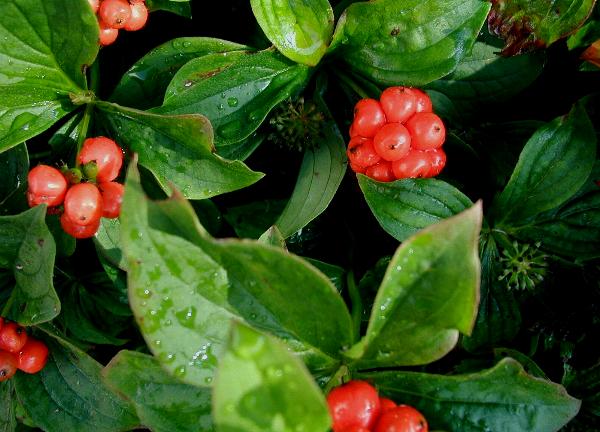
6. Buckeye:
A number of species of the buckeye tree grow throughout the eastern and central United States. They are native trees, but they have nuts which are very poisonous when consumed. Buckeye nuts have a shiny brown shell, which is covered usually by a dull-textured husk. This is very similar to the husk structure of hickories.
When the nut is broken open, you will discover solid, whole nutmeat inside the buckeye. It appears in complete contrast to the weird shape of the hickory nutmeat, which somehow resembles a walnut or pecan when it is opened. The are needle-covered husks on chestnut. When you discover this, let it be known that you are dealing with something extremely poisonous.
One of the most important ways to avoid poisonous plants is to go with your instincts. If you feel the plants or berries do not look like the regular ones, avoid them completely. There is also the traditional rule that says “Leaves in three, let it be!” This applies to poison ivy, poison oak, and poison sumac.
For example, poison sumac has leaves in clusters of 7-13. Furthermore, according to the University of Maryland Medical Center, stinging nettles leaves are heart-shaped, toothed finely, and usually tapered at the ends. They are also very hairy, with the entire plant having hairs on the underside of leaves and stems.
Another Article From Us: Huge Amazon Woman Warrior From 14th century Unearthed in Mongolia
Conclusively, if you feel it’s not going to be safe, avoid it. Do not even touch; some of these plants can cause harm on the first contact!





